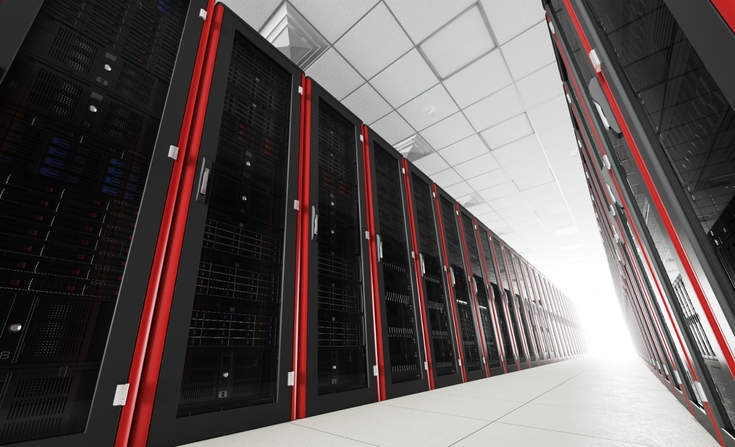A blade server is a kind of a server computer with a modular architecture. It allows the use of less power and takes up less space. Blade computers generally have central processing units, memory, and network interface cards. Sometimes even their storage devices save space and energy.
Each blade server has its management system. It typically consists of a network or storage switch, which allows them to function autonomously. Clusters of blade servers may work together as well. Let’s discuss the key benefits of these types of servers.
Hot Swapping
Blade Servers offer the ability of hot swapping. Hence, they can switch out hardware components without bringing the whole system down for a restart. This implies that if a blade in a server fails, it may be replaced without major consequences.
Thus, hot-swap technology reduces the time required for routine equipment maintenance. Consequently, businesses may spend less time charging their equipment.
Flexibility
Blade servers are very flexible and can run several programs for a business. The fact that each blade links to a single power source simplifies cable management. A single power cable may provide energy to a complete chassis rather than individual servers.
The modular design of these servers makes them very adaptable and scalable for a business. Flexible blade servers excel in VDI, databases, and cloud computing.
Low Energy Cost
As all of the servers in a rack use the same power supply, a business can save money on electricity and space. Blade computers also have a small footprint, which reduces their energy needs. The space-saving benefits of this decrease are considerable.
Because of the processing power of servers, a single rack might use more energy than a traditional server configuration. Blades are cost-effective when considering power consumption per server or power-to-computing ratios.
Fewer Cables and Wires
If businesses choose to use blades instead of bulkier box servers, they may be able to cut down on cabling costs. Because of the small size, parts may be moved between and inside the various systems.
They are little because many servers are in a single chassis. Servers may be clustered to deliver more processing power per rack space unit than any other server.
IT administrators will spend less time managing the data centre infrastructure because of the reduced number of moving components. By doing so, they can maximise server performance, which will save their time and ensure high availability.
Optimising the Storage System
Blade servers are often in use when there is a significant need for processing power and the presence of Enterprise Storage. Each “blade” has its SCSI or ATA interface in a blade system.
There is also ISCSI SAN (storage-area network) and Fiber Channel. It’s ideal to pair blade servers with an ISCSI SAN. In tandem, they make it possible to link several types of modular hardware (computing, storage, etc.) via a common data network.
Hence, they save money and make things run more smoothly for an enterprise. It also means making the architecture of important things like storage devices smaller. This implies that they can all be managed from one place.
Conclusion
Larger enterprises often employ blade servers due to their high computational demands. The ability to withstand a greater thermal and electrical load and optimise space makes these servers useful for business.


